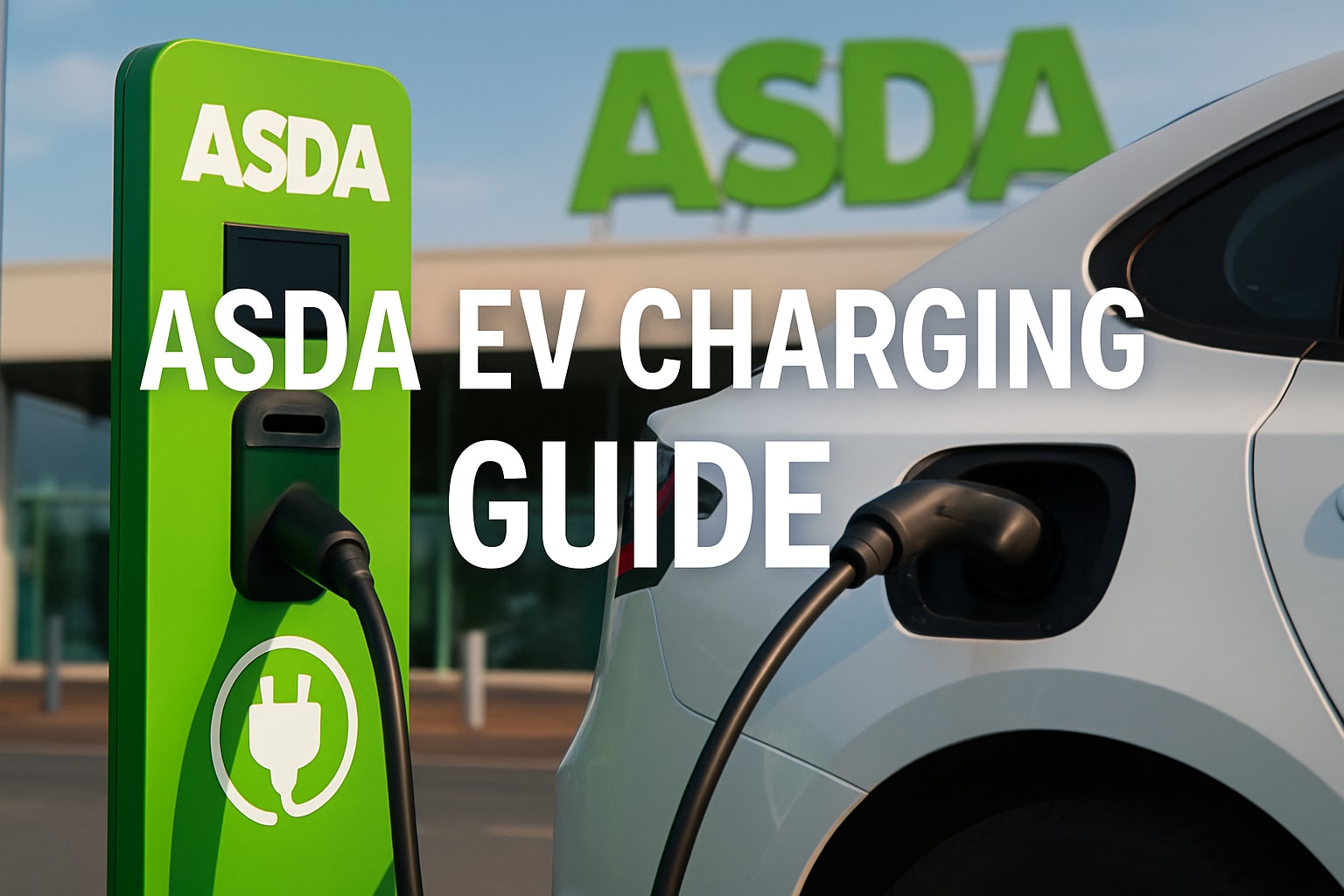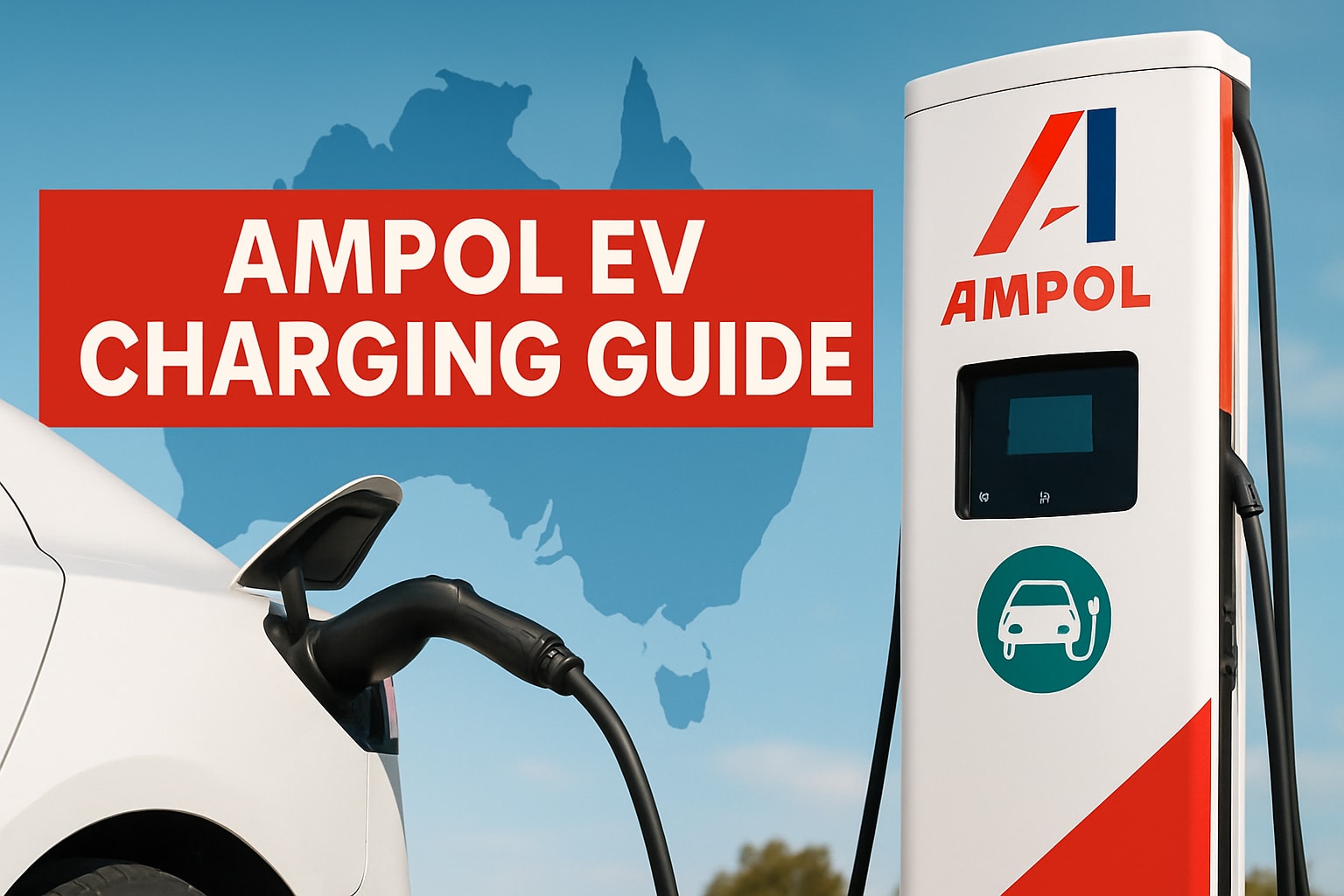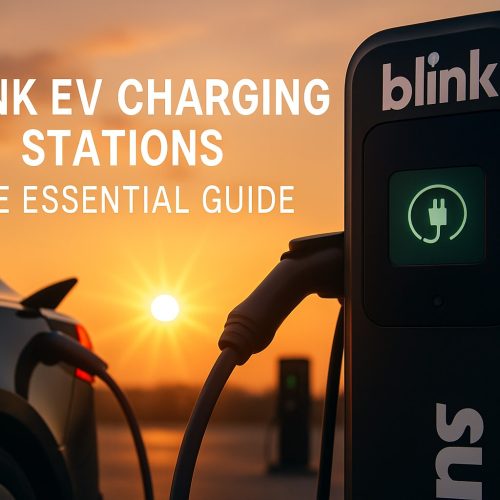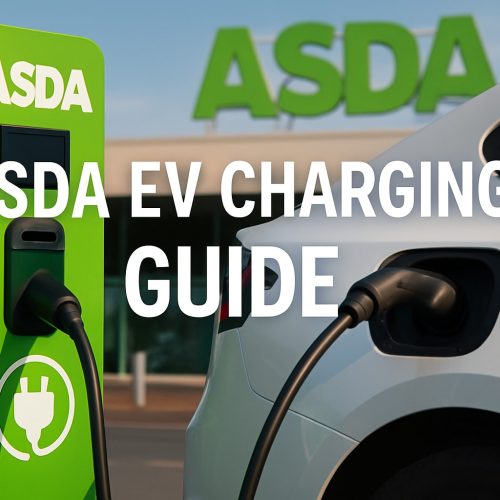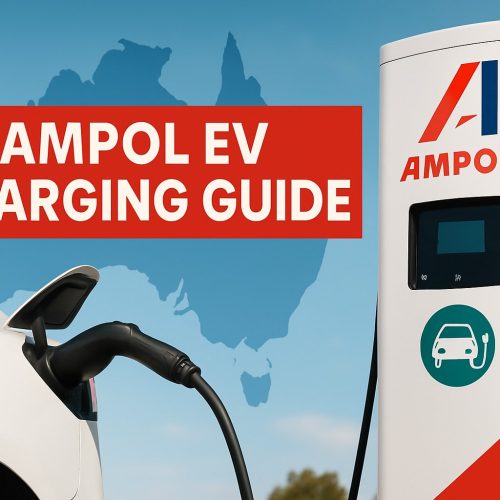Introduction 📜
Electric vehicles (EVs) are revolutionizing the automotive industry. As more people make the switch to EVs, understanding home charging becomes crucial. One of the most significant factors in EV home charging is amperage. This guide delves into the importance of amperage and provides insights for an optimal home charging experience.
The Significance of Amperage 🔌
Amperage, or current, determines the speed at which your EV charges. It’s the flow of electricity, and in the context of EVs, it’s pivotal in deciding how quickly your vehicle’s battery gets replenished. Different EVs have varying onboard charger capacities, which means they can accept different levels of current.
Onboard Chargers: The Heart of EV Charging 🚗❤️
Every EV comes equipped with an onboard charger that dictates its charging capacity. These chargers vary across models and brands, with capacities ranging from 30 amps to a whopping 80 amps. It’s essential to know your vehicle’s capacity to choose the right home charging setup.
Deciphering Charging Speeds 🕐
The amperage of your charger directly impacts the miles you add to your EV per hour of charging. For instance, with a 40-amp circuit, you can expect to add anywhere between 18 to 38 miles of range in an hour, depending on your vehicle’s efficiency and battery capacity.
Key Considerations for Optimal Charging 🤔
When setting up your home charging station, several factors come into play:
- Power Acceptance: Determine your EV’s power acceptance rate. This will guide your charger selection.
- Daily Mileage: Analyze your daily driving patterns. If you drive long distances daily, you might need a higher amperage charger.
- Home Power Availability: Before installing a charger, check your home’s electrical capacity. Ensure it can handle the additional load without tripping circuits.
- Budget Constraints: While it’s tempting to opt for the cheapest charger, remember that quality matters. Invest in a charger that’s durable, safe, and offers a good warranty.
Quality Over Cost: Choosing the Right Charger 💼
While budget constraints are real, compromising on charger quality can lead to safety hazards. Opt for chargers that are safety-certified and come with robust warranties. Remember, a good charger is an investment in your vehicle’s longevity and your safety.
Installation Insights 🔧
For the best charging experience, it’s recommended to hardwire your EV charger. This ensures a stable connection and minimizes risks. However, if you’re using an outlet, always choose an industrial-grade one. These outlets are designed to handle the high power demands of EV chargers.
Future-Proofing: An Eye on Tomorrow 🚀
EV technology is rapidly evolving. Today’s standard might become obsolete tomorrow. When setting up your home charging station, think ahead. Consider installing a circuit that can cater to future EVs with higher power demands. This foresight can save you time, money, and hassle in the long run.
Conclusion 🎯
Understanding amperage is crucial for an optimal EV home charging experience. By considering factors like your vehicle’s power acceptance, daily mileage, home power availability, and budget, you can set up an efficient and safe home charging station. As the world moves towards a greener future, being informed about EV charging ensures you’re always ahead of the curve.

